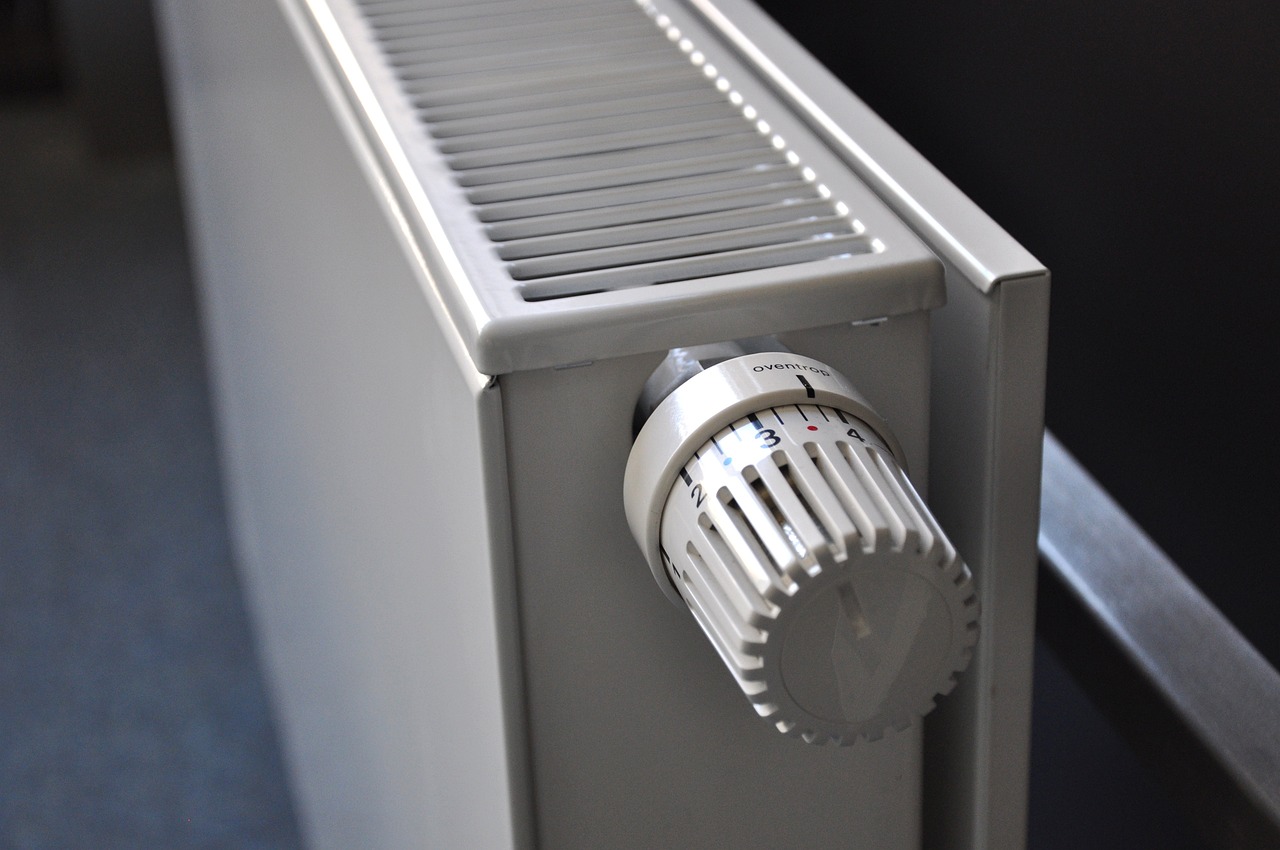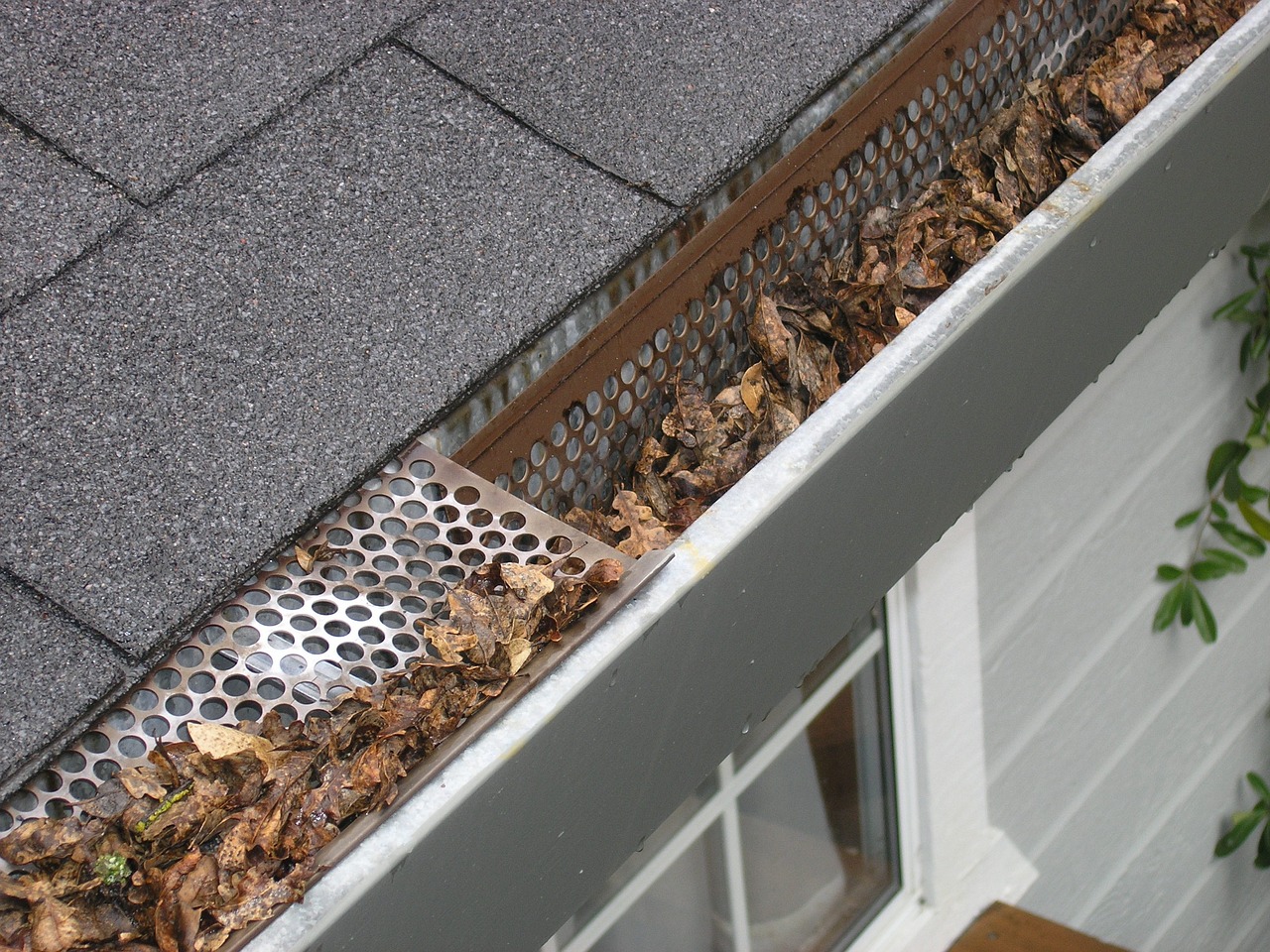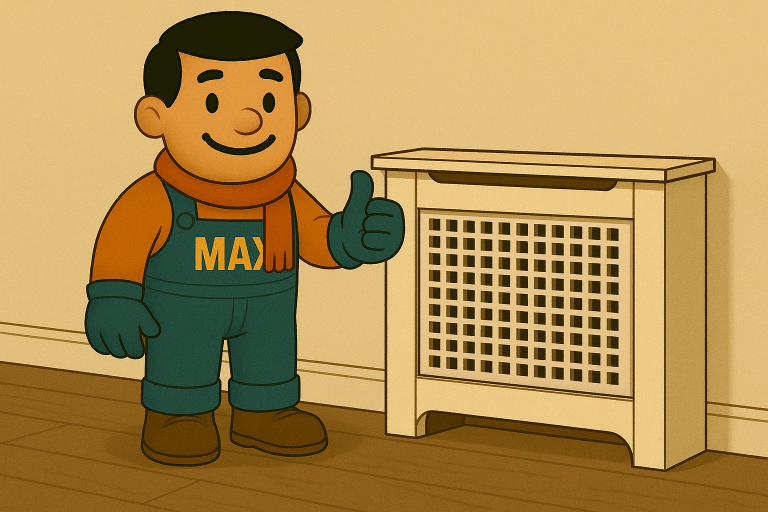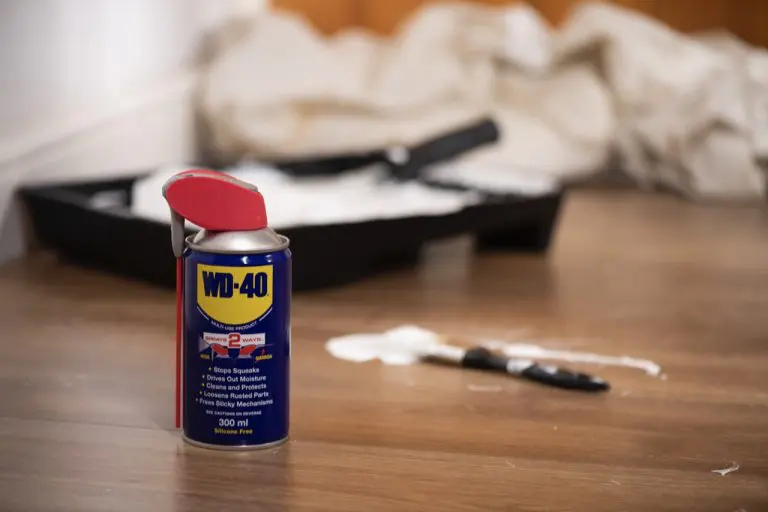Autumn Home Maintenance Checklist: 5 Essential Ways to Autumn-Proof Your Home
Autumn is the ideal time to undertake crucial home maintenance tasks that will prepare your home for the chill of winter. With a few proactive measures, you can prevent potential issues, improve energy efficiency, and make your home a cosy haven as the temperature drops. Below are five essential maintenance projects to help you autumn-proof your home effectively.
1. Gutter Cleaning: Preventing Water Damage and Blockages
Why It’s Important:
During autumn, falling leaves, twigs, and other debris tend to clog gutters. Blocked gutters can cause water to overflow, leading to foundation damage, roof rot, and even basement flooding. Proper gutter maintenance helps to ensure water is directed away from your home, keeping it safe from water damage.
How to Clean Your Gutters:
- Safety First: Use a sturdy ladder, wear gloves, and have someone hold the ladder for stability.
- Remove Debris: Clear all leaves, sticks, and other debris using a trowel or by hand.
- Flush with Water: Use a garden hose to ensure water flows freely through the gutters and downspouts.
- Install Gutter Guards: Consider installing gutter guards to keep debris from building up, reducing future maintenance needs.
2. Inspect Roof and Chimney: Ensuring Protection from the Elements
Why It’s Important:
Loose roof tiles or chimney issues can result in leaks that may go unnoticed until significant damage has occurred. A thorough inspection can help you address potential issues before they become costly repairs.
Steps for Roof and Chimney Inspection:
- Visual Inspection: Look for loose or damaged roof tiles and inspect flashing for gaps.
- Check Attic for Leaks: Inspect your attic for damp spots, which can indicate a roof leak.
- Chimney Maintenance: Have a certified chimney sweep remove built-up soot and creosote, which are fire hazards.
3. Seal Windows and Doors: Eliminating Drafts for Energy Efficiency
Why It’s Important:
Sealing gaps around windows and doors can significantly reduce heat loss, making your home warmer and reducing energy bills. Ensuring there are no drafts means your heating system won’t have to work as hard to maintain a comfortable indoor temperature.
How to Seal Windows and Doors:
- Weatherstripping: Apply foam, V-strip, or rubber weatherstripping around doors and windows to prevent drafts.
- Caulking: Seal gaps around window frames using exterior caulk. Be sure to smooth the caulk for a professional finish.
- Insulating Window Film: Add insulating film to single-pane windows to reduce heat loss.
4. Insulate Pipes: Protecting Against Freezing and Bursting
Why It’s Important:
Exposed pipes are vulnerable to freezing temperatures, which can cause them to burst and lead to extensive water damage. Properly insulating pipes keeps them warm enough to prevent freezing and ensures a consistent water supply.
Steps to Insulate Pipes:
- Identify Exposed Pipes: Look for pipes in the basement, attic, garage, or along exterior walls—these are the most vulnerable.
- Use Foam Pipe Insulation: Cover exposed pipes with foam tubing, securing them with duct tape. This simple and cost-effective solution can make a big difference during cold spells.
- Drain Outdoor Pipes: Turn off exterior faucets and drain garden hoses to prevent water from freezing in the pipes. Use an insulating cover on outdoor taps for extra protection.

5. Service Your Heating System: Preparing for Maximum Efficiency
Why It’s Important:
Before winter arrives, it’s critical to ensure that your heating system is running smoothly and efficiently. Regular servicing can prevent unexpected breakdowns and keep your home warm and comfortable throughout the colder months.
Steps for Heating System Maintenance:
- Book a Professional Service: Have a professional technician inspect and service your heating system, whether it’s a boiler, furnace, or heat pump. This helps maintain efficiency and avoid potential problems when you need the heating most.
- Replace Filters: Dirty air filters can reduce airflow and make your heating system work harder. Replace HVAC filters to ensure maximum efficiency and improve indoor air quality.
- Check Radiators: If you have radiators, make sure to bleed them to remove any trapped air, allowing them to heat up more effectively.
- Programmable Thermostat: If you don’t have one already, consider installing a programmable thermostat to regulate your home’s temperature and save on heating costs when you’re not at home.

Additional Tips for Autumn-Proofing Your Home
While these five projects cover the essentials of autumn-proofing your home, here are a few more helpful suggestions to make your space even more comfortable and efficient:
- Clean the Fireplace: If you have a wood-burning fireplace, clean out any old ashes, inspect the flue for blockages, and stock up on seasoned firewood.
- Exterior Maintenance: Inspect your home’s siding for any damage that may need repair. Also, check walkways and driveways for cracks and seal them before the cold weather worsens them.
- Upgrade Insulation: If you notice your home loses heat quickly, consider adding insulation to your attic or walls. Proper insulation can dramatically improve your home’s energy efficiency.
Summary
Autumn-proofing your home is an essential process to ensure safety, comfort, and energy efficiency during the colder months. By cleaning gutters, inspecting the roof and chimney, sealing windows and doors, insulating pipes, and servicing your heating system, you can protect your home from the harsh conditions of winter. Taking the time to address these maintenance projects during autumn will pay off in comfort, reduced energy costs, and fewer repairs over the long term.








